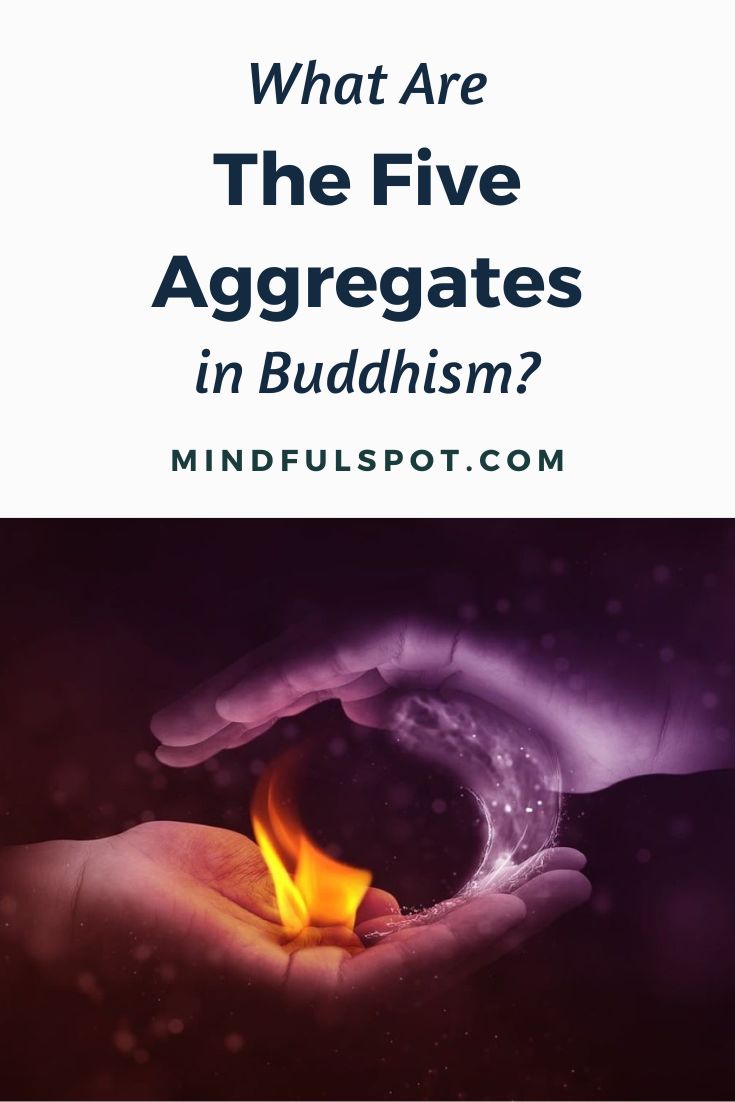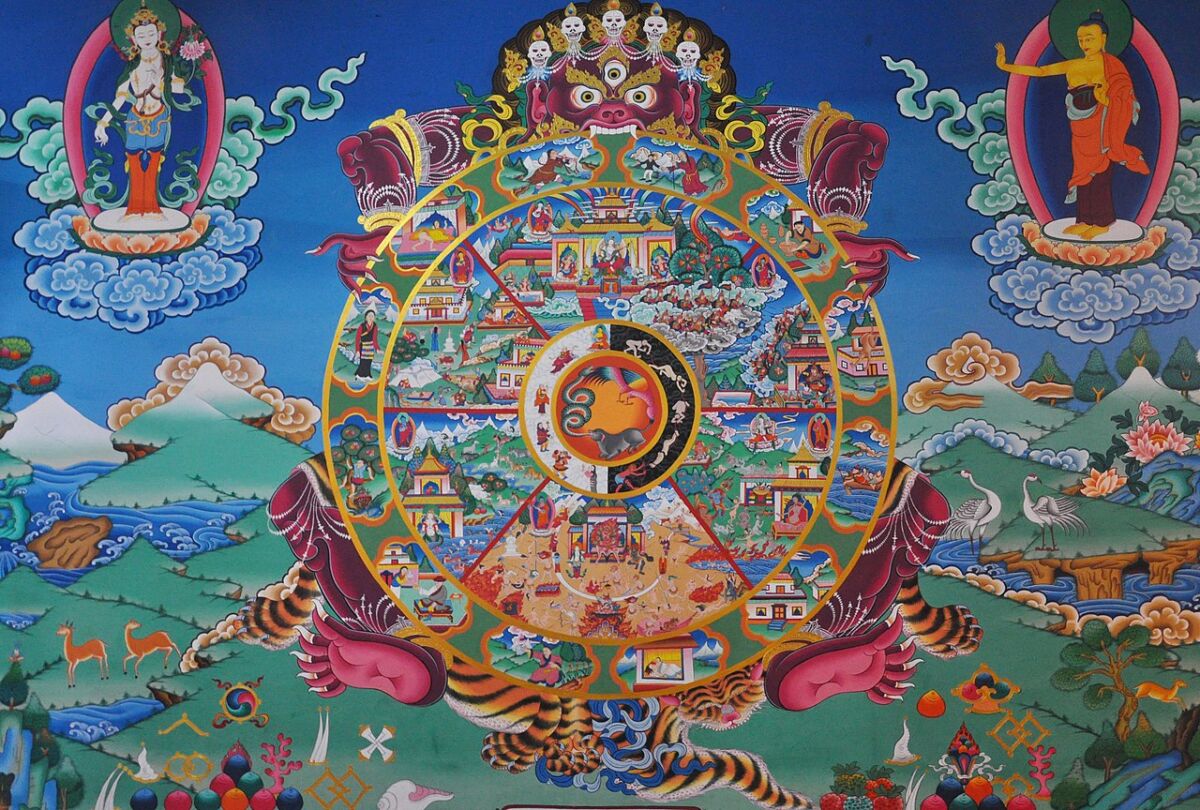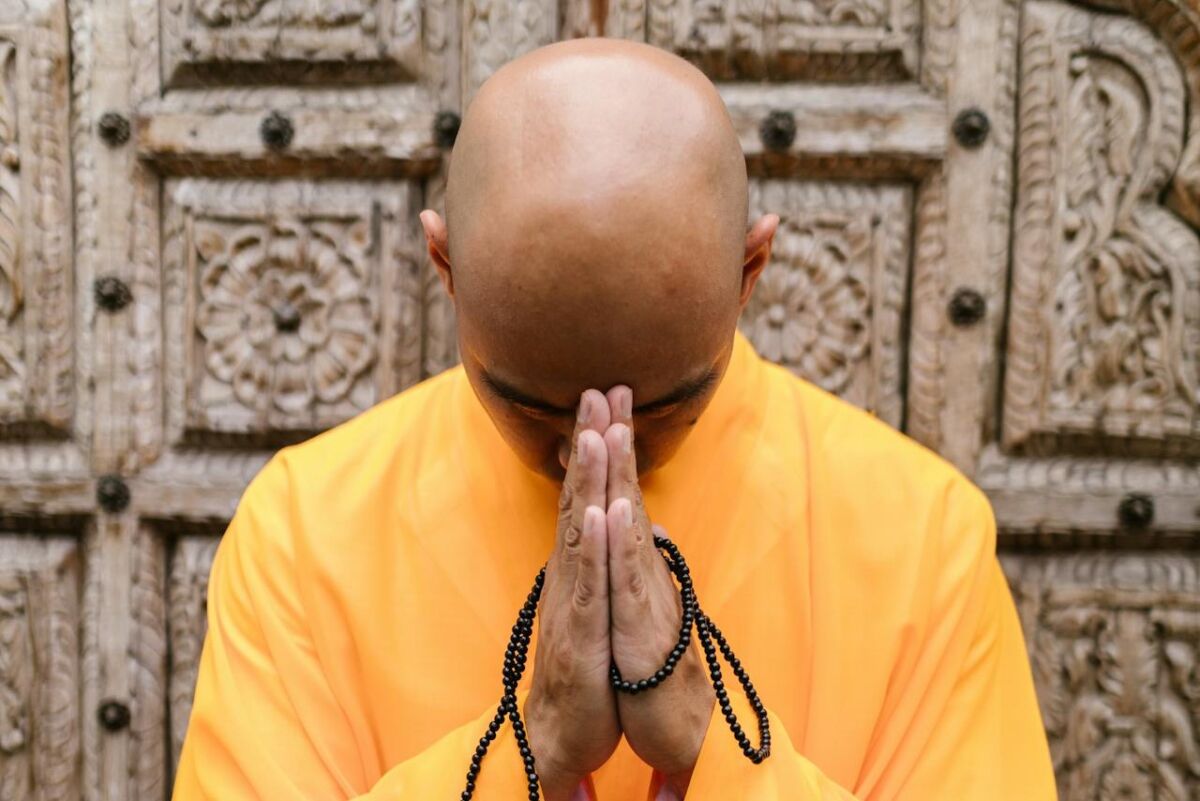What are the five aggregates?
In Buddhism, they are the building blocks that we typically use to construct our sense of self. The Buddha classified the constituents of body and mind into five categories known as “the five aggregates of clinging”: form, feeling, perception, volition, and consciousness.
In his book Satipatthana: The Direct Path to Realization, scholar-monk Bhikkhu Analayo writes:

Join Mindful Spot Patreon Community
Hi, I've just launched a new Patreon page and invite you to become one of the founding members. Here's what you'll get when you join:
- Behind-the-scenes updates
- Access to exclusive articles
- Monthly Zoom meetings and discussions
Click the button below to become a member and support our mission.
Join PatreonClearly recognizing and understanding the five aggregates is of considerable importance, since without fully understanding them and developing detachment from them, it will not be possible to gain complete freedom from duhkha [the First Noble Truth.] Indeed, detachment and dispassion regarding these five aspects of subjective personality leads directly to realization [of Nirvana.]
Then he gives a practical illustration of the five aggregates, starting with you having a material form of your body and reading a book:
During the present act of reading, for example, consciousness is aware of each word through the physical sense door of the eye. Cognition understands the meaning of each word, while feelings are responsible for the affective mood: whether one feels positive, negative, or neutral about this particular piece of information. Because of volition one either reads on, or stops to consider a passage in more depth, or even refers to a footnote.
About the book’s author: Ven. Bhikkhu Analayo was born in 1962 in Germany, was ordained in 1995 in Sri Lanka, and completed his PhD on satipatthana at the University of Peradeniya in 2000. At present, he is mainly engaged in the practice of meditation, and among other things contributes to the Encyclopaedia of Buddhism. He has authored several books on Buddhist practice, including Satipatthana and Compassion and Emptiness in Early Buddhist Meditation.
Complement with our articles on the Four Noble Truths and the Noble Eightfold Path.
I’m a freelance writer and mindfulness advocate behind this blog. What you see here is the combination of my three favorite things: reading, writing, and mindfulness. While you’re here, subscribe to my blog updates and gain access to free mindfulness resources for stress relief.








